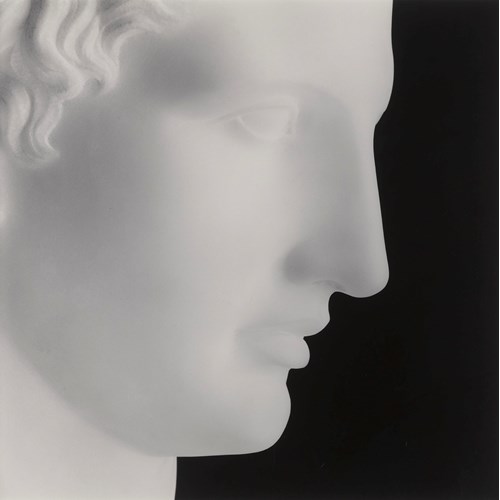In Aix, Veyrier sculpted eight stucco figures, now destroyed, for the triumphal arch erected for the ceremonial entry to the city of Louis-Joseph, Duc de Vendôme. By 1682 he was employed in the Toulon Arsenal workshop under Puget, whom he replaced four years later on his master’s departure, but none of Veyrier’s ship decorations appears to have survived. His bronze replicas of antique works, his statues of Lysimachus, Jason and Samson as well as others made after Gianlorenzo Bernini’s works and commissioned by Louis XIV are also untraced. The extant works he produced at Aix in the 1680s include the marble statue of the Dying Achilles (1683; London, Victoria and Albert Museum) and the marble relief of Alexander and Darius (1688; Stowe, Buckinghamshire). The Metropolitan Museum in New York holds three marbles by the artist, Marsyas, the portrait bust is of the Marquis Jean Deydé, originally part of his tomb in Montpellier Cathedral, and the portrait of a magistrate. Other works are in the Louvre and the museums in Aix-en-Provence and Marseille. Veyrier’s figures are generally distinguished by the virtuosity of their surface treatment and by a vitality and elegance that prefigure the Rococo style.
Silenus, a demi-god, nursed and educated Bacchus and later joined his retinue. Some ancient authors portrayed Silenus as a philosopher, knowledgeable about the formation of the world and wise about the nature of things, and this is how he is portrayed here.
This terracotta is accompanied by a thermoluminescence analysis report from Oxford Authentification (2nd May 2007) confirming that the date of the firing is between 200 and 400 years ago.
This terracotta being a model, it bears on its surface the key points required to scale the sculpture up for transfer onto the stone block. These lines of coloured dots provide a remarkable example of the pointing system, which became widely used in the late 18th century. Another example of a terracotta sculpture showing similar dots on its surface is a statue of Faith sculpted by Innocenzo Spinazzi circa 1780 and now in the Victoria and Albert Museum, London.
Literature: Published:
- K. Herding, ‘Neue werke von Christophe Veyrier: zum problem der kunstlerischen brehcung klassischer ideale in der sudfranzosischen barockskulptur’, in Jacobs-Weg, Auf den Spuren eines Kunsthistorikers, Hommage an den Forscherfreund und Lehrer Fritz Jacobs zum 70. Geburstag, Weimar, 2007, pp.169-185, illus. 8, 9
- K. Herding, ‘Œuvres inédites de Christophe Veyrier, l’idéal classique et la sculpture baroque provençale’ in La Revue de l’Art, n. 163, 2009-1, pp. 23-34, illus. p. 28
Comparative literature:
- Pierre Puget, peintre, sculpteur, architecte 1620-1694, exhib. cat., musée des Beaux-Arts, Marseille, October 1994-January 1995 [Palazzo Ducale, Genova, March-June 1995], pp. 332, 339 and fig. 81 on p. 341
Biographical references:
- Claude-François Achard, Dictionnaire de la Provence et du Comtat-Venaissin, [4 vols., 1785-1787: facsimile 1971, 2 vols.], IV, 1787, pp. 307-308
- The dictionary of art, ed. by Jane Turner, Macmillan 1996, and rev. ed. online, www.groveart.com, entry by Klaus Herding
More artworks from the Gallery


_T638354709335648178.jpg?width=2000&height=2000&mode=max&scale=both&qlt=90)



_T638676151429242934.jpg?width=500&height=500&mode=pad&scale=both&qlt=90&format=jpg)


